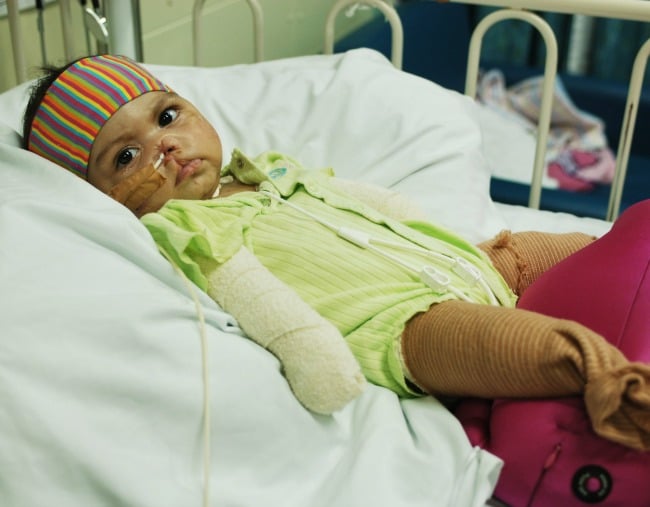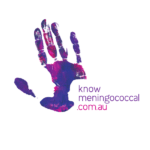

You have probably heard of meningococcal disease, but could you identify the symptoms quickly enough if your child came down with the infection?
As paediatrician Dr Margie Danchin explains, knowing what to look out for could save your child’s life.
Dr Danchin works at the Royal Children’s Hospital in Melbourne, where she sees concerned parents and very sick children every day.
“It’s a rare disease, but it’s very serious and can have devastating consequences,” Dr Danchin tells Mamamia. “And that’s why we want parents to know what to look out for and when to act.”
Meningococcal disease might be rare, but it is on the rise. In Australia in 2014 there were 168 cases and in 2016 there were 252. So far in 2017, there have been 210 cases.
The disease is caused by bacteria that can be carried in the throats and noses of about 10 percent of healthy people, who do not develop symptoms.
As Dr Danchin explains, it’s spread through close contact – saliva or droplets from the nose. Apart from children with certain medical conditions that places them at higher risk, teenagers and children aged under five are most at risk of contracting meningococcal disease.
“If treated early with antibiotics, an infected person can make a full recovery,” she says. “But sadly, 10 percent of cases end in death, while up to 20 percent result in permanent disability, such as loss of limbs or scarring from skin grafts, learning, visual and hearing difficulties.”
That’s why it’s so important to know the symptoms to look out for – and how they might differ based on how the meningococcal bacteria can infect the human body.
